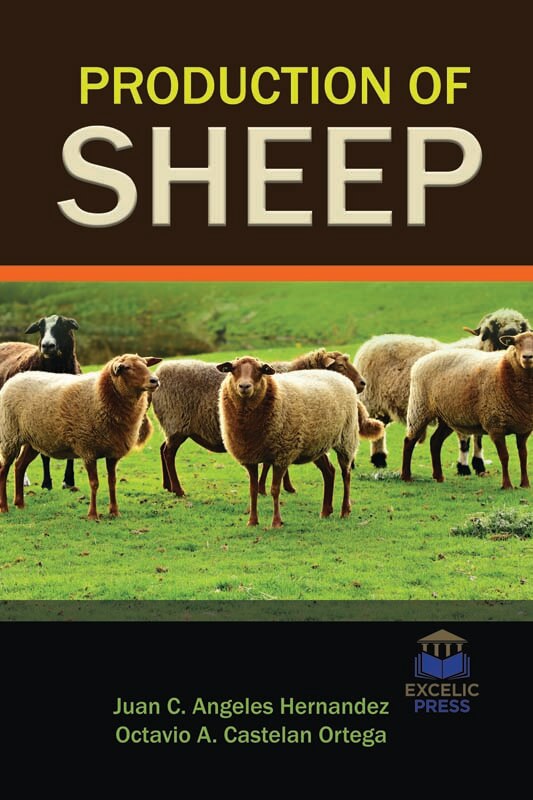Due to the boom in population and income, the demand for foodstuffs is growing at a faster rate than the rate of production is able to cope with. The FAO defines “food security exists when all the people, at all times, have physical, social and economic access to sufficient, safe and nutritious food.” Consumers have begun to become more aware and have expressed concern in the origin of their food, the nature of the production process and social and ecological impacts. For imported cattle, the selection and breeding process is aimed at maximizing production output while breeding the management of sheep and local cattle is relatively easier. Improved technology, convenient recording schemes for the objective assessment of performance traits and planned mating will help sheep and traditional cattle breeders make better decisions and enhance production performance.
This book covers the state of art techniques and policies for production systems, animal health, product quality, and environmental impact. It has also been noted that organic dairy sheep farms display lower milk yields and have a greater susceptibility to environmental changes when contrasted with conventional farms. This book presents some in-depth reviews of selected topics in sheep production written by eminent experts in their respective areas. The book is divided into eight chapters, consisting of topics in food-animal production systems, management of several animal products, health-threats in animals, and contaminants that may be found in animal foods.
The book also focuses on genetic traits of relevance to the sustainability of smallholder sheep farming systems in South Africa. The book further moves to animal-based measures to assess the welfare of extensively managed ewes, application of life cycle assessment to sheep production systems. Structured livestock breeding programs are needed for the commercial viability of the sheep and cattle production sector. For this, it is essential to critically analyze the selection and breeding preferences of breeders in the city and the various trait preferences for imported and local breeds. Consumers have become distinctly aware of the products they consume and inquire about the quality of the meat they consume; they choose healthy, natural and palatable products while also expressing concern over animal welfare in the production, transport, and slaughter. The way we handle animals is not only a matter of animal welfare but also affects the quality of meat. This book explores the factors affecting the welfare of lambs and the implications these have on the quality of meat.
This book is intended to serve the requirements of students, researchers who are working in different parts of the world in different environments.














Reviews
There are no reviews yet.